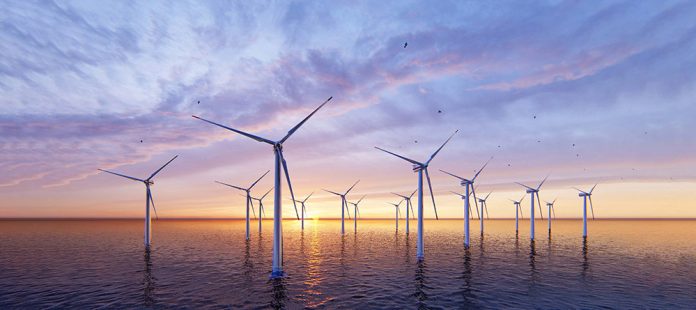Trudy Morris, Chief Executive, Caithness Chamber of Commerce.
The North Highlands are uniquely positioned to play a leading role in Scotland’s transition to a sustainable, low-carbon economy.
The region boasts a diverse renewable energy portfolio and transformational developments leverage the region’s unique strengths and natural resources to drive forward the Scottish Government’s ambitious net-zero targets.
Existing energy transmission infrastructure across Scotland is strained, hindering the distribution of green energy to demand centres, curtailing the potential of local renewable resources and exacerbating the nation’s reliance on fossil fuels.
Electricity demand is anticipated to increase by 50% in the next decade and double by mid-century. To fully realise the North Highlands’ energy potential, a comprehensive upgrade of energy transmission networks is needed to keep up with the growing pace of demand and facilitate the integration of increased volumes of renewable energy into the grid.
Fuel poverty is disproportionately high in rural Scotland, with a heavy and inequitable reliance on expensive and carbon-intensive energy sources. Increasing the deployment of more economical renewable energy generation is key to achieving a truly “just transition” across the nation. The reverberations of the energy price crisis in 2022 had significant consequences on the economy, hitting businesses and households hard.
Challenge comes from advocacy for energy transformation that is less centralised and more closely aligned with local values. Communities need to be able to maximise the opportunities that will arise from the increased investment in the areas around them, ones that empower the tools for a resilient, sustainable and more equitable future.
Investment in the upgrade of transmission infrastructure has the potential to unlock advantages beyond energy distribution, establishing pathways for skills development and careers in renewable energy technologies, and providing employment prospects that fortify a skilled workforce to navigate the evolving energy landscape.
The collective efforts needed to reach net zero by 2045 will transform every aspect of society. With the acceleration away from fossil fuels there is potential to create significant economic opportunities. Harnessing our home-grown natural resources is at the heart of strengthening Scotland’s energy security and safeguarding a clean environment. Adequate energy infrastructure is a key enabler for a clean energy future.
RES, Euan Hogg, Development Project Manager
As set out in the Electricity Networks Commissioner report, “Speeding up the delivery of strategic transmission is both vital and challenging.
To deliver 50GW of wind power and 24GW of new nuclear will be a major step towards decarbonising our economy and providing customers with clean, secure, affordable electricity, but that magnificent achievement will be wasted if we cannot get the power to homes and businesses”.
The Secretary of State at the time, set the Electricity Networks Commissioner (and Energy Systems Catapult chair) Nick Winser the challenge of reducing the timescale for building strategic transmission by three years, and ultimately by half.
Currently, the expectation is that strategic transmission may take twelve to fourteen years from identification of the need to commissioning. Very few new transmission circuits have been built in the last 30 years and a dramatic increase will be required through to 2050, so even these long timescales may be challenging to meet if we fail to streamline the process. Substantial wind generation can be built in half this time”.






